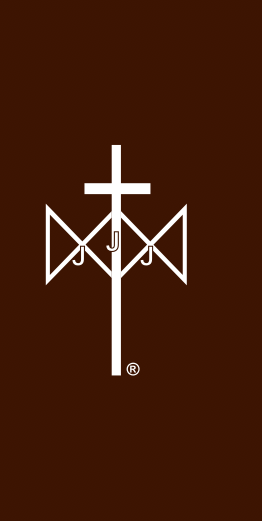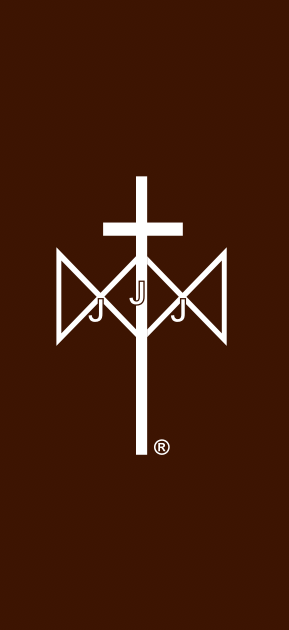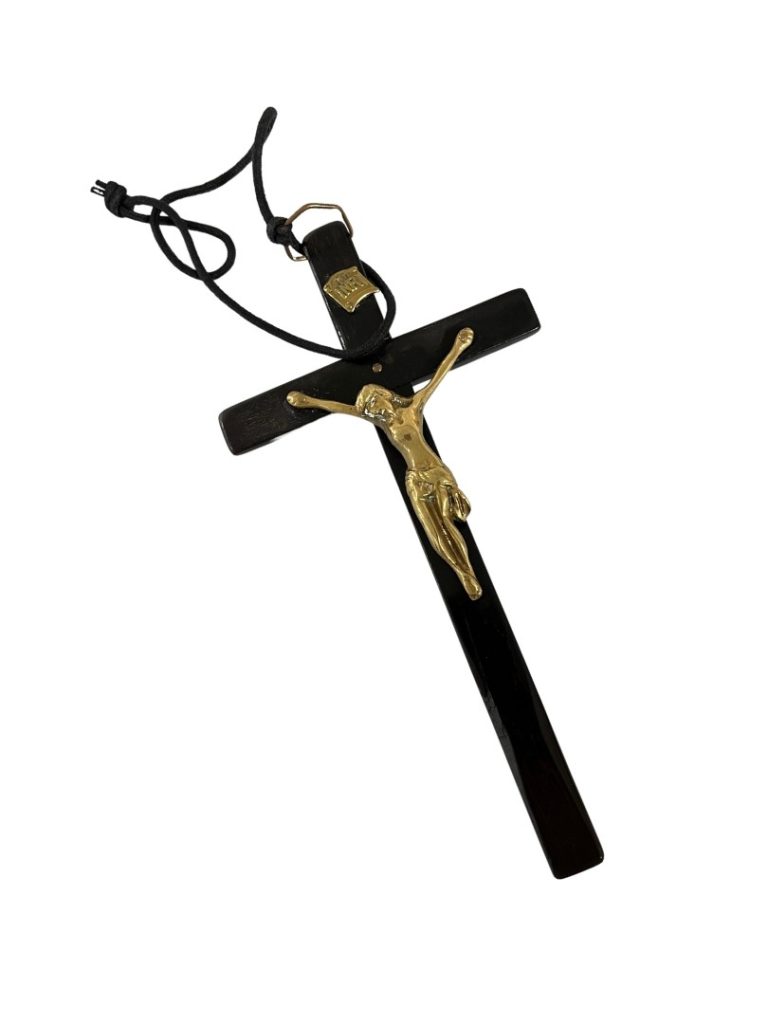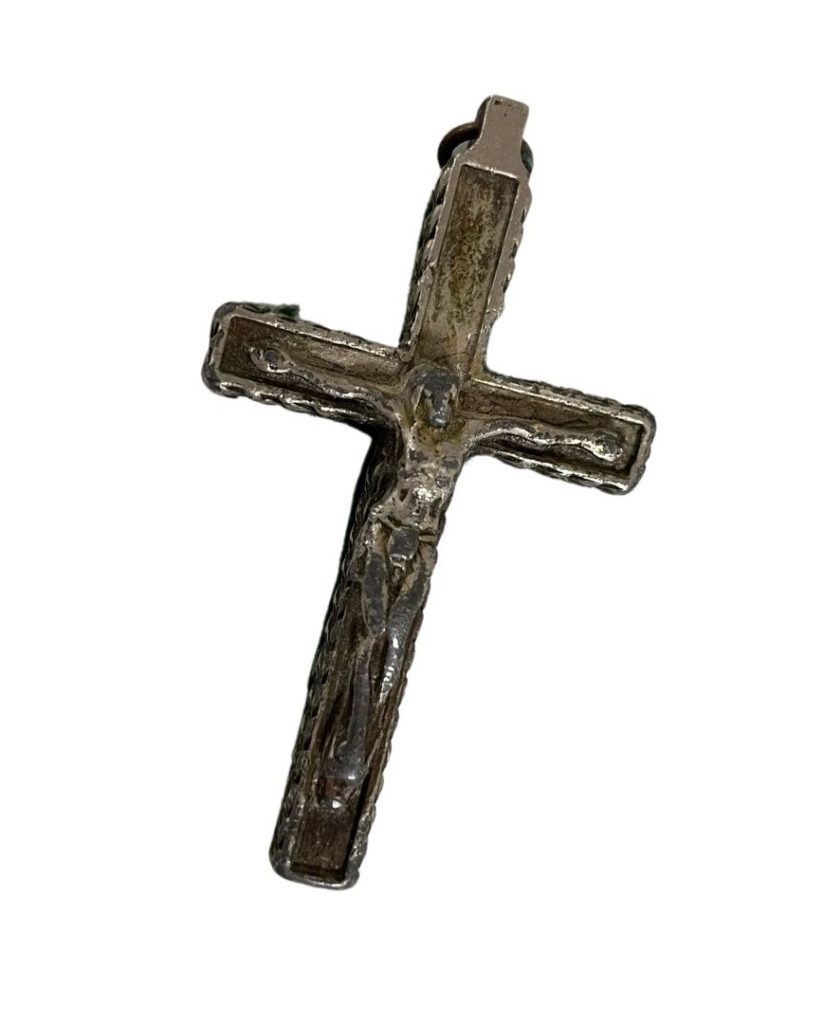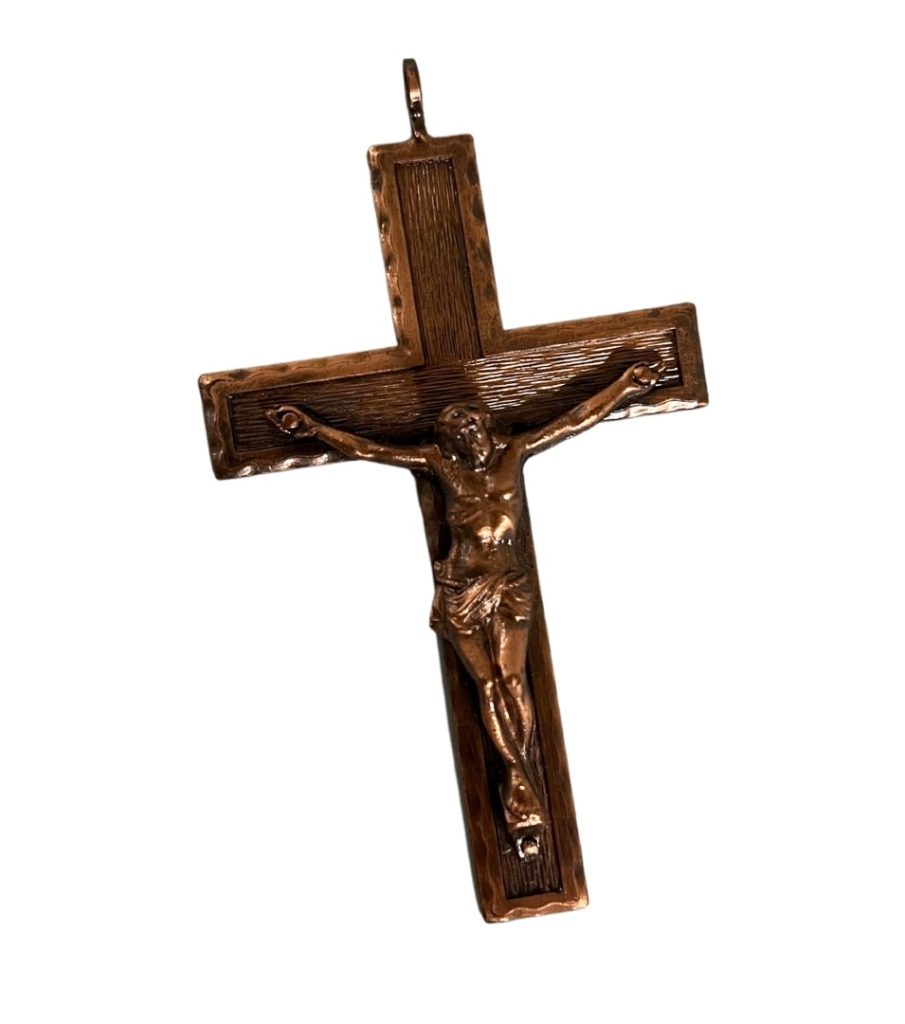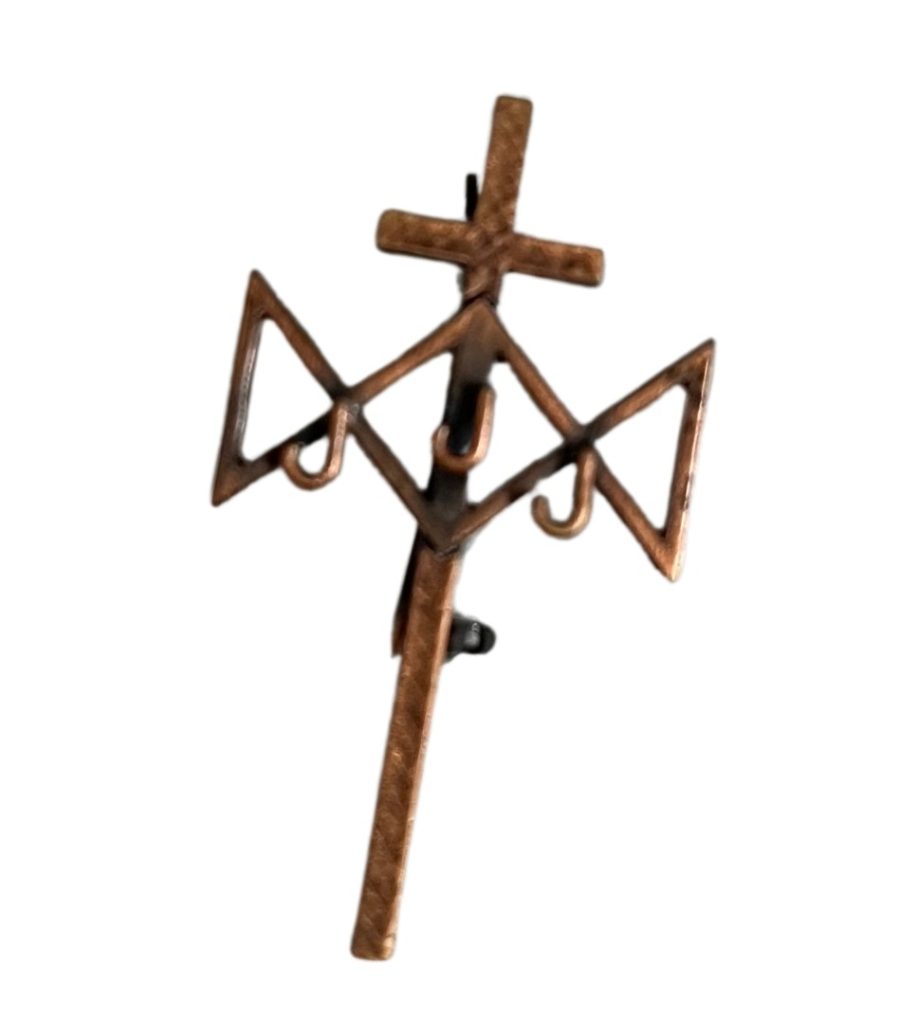MARY OF THE CROSS
‘We feel our crosses hard at times, but our courage should rise with them’ – Mary MacKillop, 1882
The Cross is an important Christian symbol of human suffering and a solemn reminder of Jesus’ death on the cross and love for his people. The Cross also became a significant symbol in the life of Mary MacKillop.
When Mary made her first profession at the age of twenty-four, she took the title ‘Mary of the Cross’ as proposed by Father Julian Tenison Woods, the co-founder of the Sisters of Saint Joseph of the Sacred Heart. Mary was a prolific writer and often signed her letters as Mary of the Cross. During her canonisation ceremony in 2010 she was named Saint Mary of the Cross MacKillop.
Following in Mary’s footsteps, the Sisters of Saint Joseph of the Sacred Heart chose a religious title which they add to their own name, affirming their commitment to faith and spirituality.
INTRODUCTION TO THE CROSS
‘The Cross will be present in each human life’ – Mary MacKillop, 1891
Mary’s first exposure to the Cross was through her mother Flora. Father Patrick Bonaventure Geoghegan, a priest at Melbourne’s first Church, St Francis’, on the corner of Lonsdale Street and Elizabeth Street, was the officiator at the wedding of Mary’s parents, Flora McDonald and Alexander MacKillop. Father Geoghegan lent a relic of the True Cross to Flora and instructed her to wear it throughout her pregnancy.
Mary was born on the 15th of January 1842, and baptised Maria Ellen on the 28th of February. Mary’s baptismal name is a form of Helen, the name of the saint who found the True Cross.
EMBRACING THE CROSS
‘Look upon your crosses as stepping stones to an eternity of happiness’ – Mary MacKillop, 1890
Mary made her first religious vows on the 15 August 1867 as Sister Mary of the Cross in the little oratory on Grote Street, Adelaide. The Cross signified her relationship with Jesus Christ and an acceptance of sufferings as the Will of God. To her mother Flora she wrote ‘my title, the happy one given to me at my Profession, implies a life of Crosses and afflictions’. For Mary, suffering was a normal and expected human experience. How individuals handled their crosses determined their successes and failures both as a human being and as a Christian.
In a letter to her brother Donald in 1899, Mary wrote ‘I could not be happy without my cross, I could not lay it down for all the world could give. With the Cross I am happy, without it would be lost. The only way I have of trying to show my gratitude to God for all that He has done for those I love, and for us all in general, is in the Cross…’
MARY’S CROSSES
‘Many things that seemed unaccountable crosses have proved to be hidden blessings’ – Mary MacKillop, 1873
Mary suffered many crosses in her lifetime as she worked towards bettering education and social welfare across Australia. Her crosses began well before entering religious life; during her childhood she experienced poverty, debt and separation. She also suffered as a Sister through unlawful excommunication and banishment from Adelaide, as well as prolonged ill health, misjudgement by others, victimisation and slandering. Mary was able to accept these crosses through her trust in God.
Despite the life of trials and injustices, in 1872 when Mary wrote to her mother Flora of her chosen path she claimed: ‘It is utterly impossible for me to have any other portion, and if I had the power of choosing again, I would not, could not, ask my good God for any other.’
